
Rembrandt
By Larry Silver (NHC Fellow, 1991–92)

By Larry Silver (NHC Fellow, 1991–92)
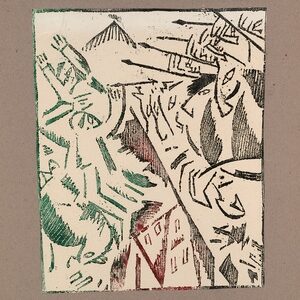
By Nina Gurianova (NHC Fellow, 2007–08) In this groundbreaking study, Nina Gurianova identifies the early Russian avant-garde (1910-1918) as a distinctive movement in its own right and not a preliminary stage to the Constructivism of the 1920s. Gurianova identifies what she terms an “aesthetics of anarchy”—art-making without rules—that greatly influenced early twentieth-century modernists. Setting the … Continued
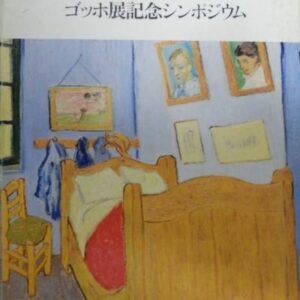
Edited by Shūji Takashina (NHC Fellow, 1981–82), Ronald Pickvance, Haruo Arikawa, Kokuritsu Seiyō Bijutsukan, and Nagoya–shi Hakubutsukan
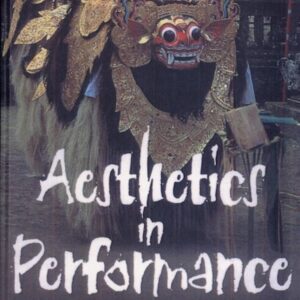
Edited by Bruce Kapferer (NHC Fellow, 2004–05) and Angela Hobart In various ways, the essays presented in this volume explore the structures and aesthetic possibilities of music, dance and dramatic representation in ritual and theatrical situations in a diversity of ethnographic contexts in Europe, the Americas, Africa and Asia. Each essay enters into a discussion … Continued
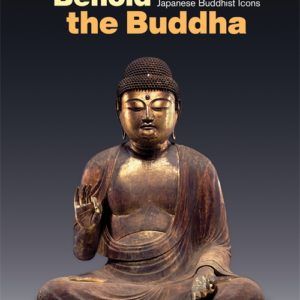
By James C. Dobbins (NHC Fellow, 2006–07) Images of the Buddha are everywhere—not just in temples but also in museums and homes and online—but what these images mean largely depends on the background and circumstance of those viewing them. In Behold the Buddha, James Dobbins invites readers to imagine how premodern Japanese Buddhists understood and experienced icons … Continued
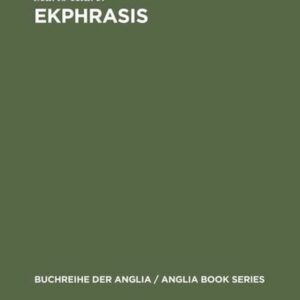
By Mario Klarer (NHC Fellow, 1995–96; 2000–01) This volume examines instances of ecphrasis (literary descriptions of pictures) in the works of English Renaissance authors against the background of Elizabethan theory formation on the problem of representation. References to (usually fictional) works of art in the works of Sidney, Spenser, Lyly and Shakespeare serve as a … Continued
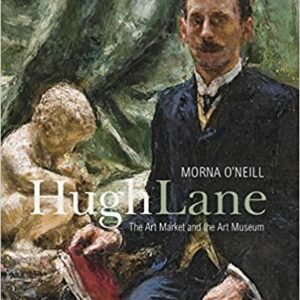
By Morna O’Neill (NHC Fellow, 2012–13) This book charts a geography of the art market and the art museum in the early 20th century through the legacy of one influential dealer. Born in Ireland, Hugh Lane (1875–1915) established himself in London in the 1890s. With little formal education or training, he orchestrated high-profile sales of … Continued
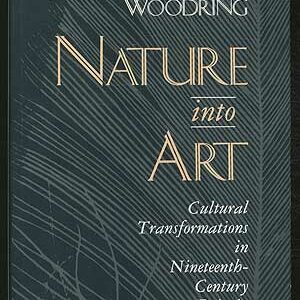
By Carl Woodring (NHC Fellow, 1987–88) The nineteenth century began with reverence for nature and ended with the apotheosis of art. In this wide-ranging excursion through the literature, visual arts, and natural sciences of the era from Wordsworth to Wilde, Carl Woodring traces shifting ideas and attitudes concerning nature, art, and the relations between the two. The … Continued
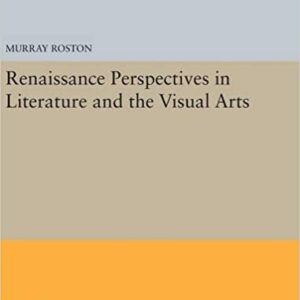
By Murray Roston (NHC Fellow, 1985–86) Roston demonstrates that what emerges is not a fixed or monolithic pattern for each generation but a dynamic series of responses to shared challenges. The book relates leading English writers and literary modes to contemporary developments in architecture, painting, and sculpture, exploring by a close reading of the texts … Continued

By Jaroslav Folda (NHC Fellow, 1988–89; 1998–99; 2006–07) The Art of the Crusaders in the Holy Land, 1098-1187 examines the art and architecture produced for the invading Crusaders in Syria-Palestine during the first century of their quest to recapture and control the holy sites of Jerusalem, Bethlehem, and Nazareth. Commissioned by kings and queens, patriarchs, … Continued